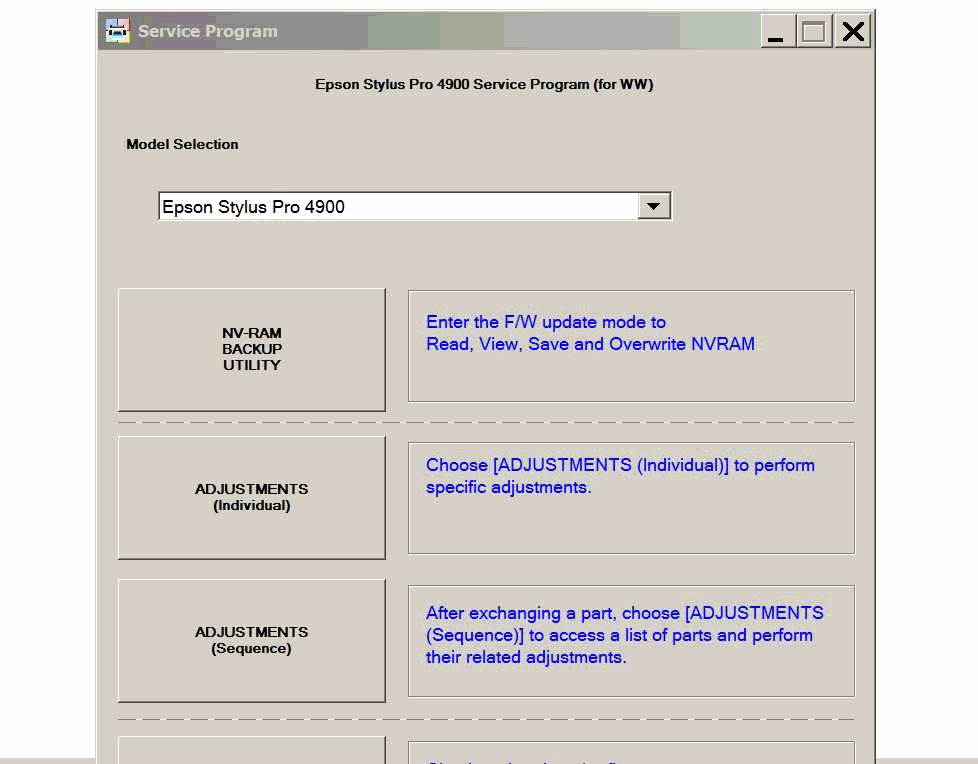

(b) Measure Maximum Black for the three papers from the upper right patch in the Evaluation Image shown with a white “X” (question i). (a) Measure the paper white for the three papers (question (iii)). My quantitative procedure was as follows (all in L*a*b*, referring to Figure 1): Differences could also be due to profiles, which I could not evaluate. The main conclusion of this work is that paper differences are far more important differentiators of outcomes than performance differences between these printers. (vi) are the more important differences due to the printers or the papers? (v) which print more accurately relative to the L*a*b* colour values of the evaluation source image and for all of these comparisons, (iv) how do they compare for colour and chroma, (iii) how do they compare with respect to grayscale neutrality, (ii) how do they compare reproducing trace differences of highlight detail (i) how do they compare with respect to maximum Black and tonal separation at the very dark end of the luminosity scale, Other key questions of interest in the light of the various discussions about the printers were: None of Phil’s prints or mine reveal CI to my eyes. The rest of this article is about observations and conclusions from the numbers. Phil provided prints on Epson Enhanced Matte (EMP) and Premium Luster Photo Paper (PLPP) using the profiles provided with the Epson driver, while I added a print of the same image on Ilford Gold Fibre Silk (IGFS) using the custom profile I made using XRite Pulse Elite. Therefore I did go the extra step(s) of hauling out the spectro, firing-up the applications and doing some (really, many) measurements. My visual examination of these prints confirms Phil’s conclusions. There are some differences between the 10 and 8 colour machines, but you have to look for it and really it’s helped by having them side by side.” I’m not seeing any issue or any significant differences between the machines. Once Phil completed printing and examining the test images, he came to this conclusion (post 44 of the 4900 Review discussion thread): Printer Evaluation Image, ProPhoto (markings mine, explained below),Ĭourtesy: Bill Atkinson and Outback Photo ( ) Phil used the image shown in Figure One, which I also use.įigure 1. You may agree – the harder it is to see differences between prints just by looking at them, the more work it creates for the reviewer, because others have claimed certain differences therefore, one needs to haul out the spectrophotometer, fire-up Excel and do some measuring and calculating. I gladly agreed, the prints came, and gave me a unique opportunity to examine them visually and quantitatively. Icing on the cake, Phil offered to send me the samples all the way from sunny Australia to cold and blustery Toronto for a second pair of eyes to look at them and see whether my observations would differ from his.


Responding to these questions and concerns, we are fortunate that Forum member Phil Brown (“Farmer”) was able to make test prints on three Epson printers – the 4900, the 9900 and the 7890.

A famous example from yesteryear: the Epson 2000P, where grays under incandescent light looked greenish under daylight (Metamerism is about the colour of two objects looking the same under one illuminant but different under another.) Interest was also expressed in how the 4900’s prints compared with other contemporary Epson models such as the 9900 and the 7890. CI essentially means that the appearance of a unique hue changes according to differences of the various sources of illumination in which it may be viewed. Readers of the Luminous Landscape Forum ( /forum/index.php?topic=49968.0and /forum/index.php?topic=49443.0) will recall that a question was raised about whether prints from the new Epson 4900 show colour inconstancy (CI), (often wrongly called “metamerism”).


 0 kommentar(er)
0 kommentar(er)
